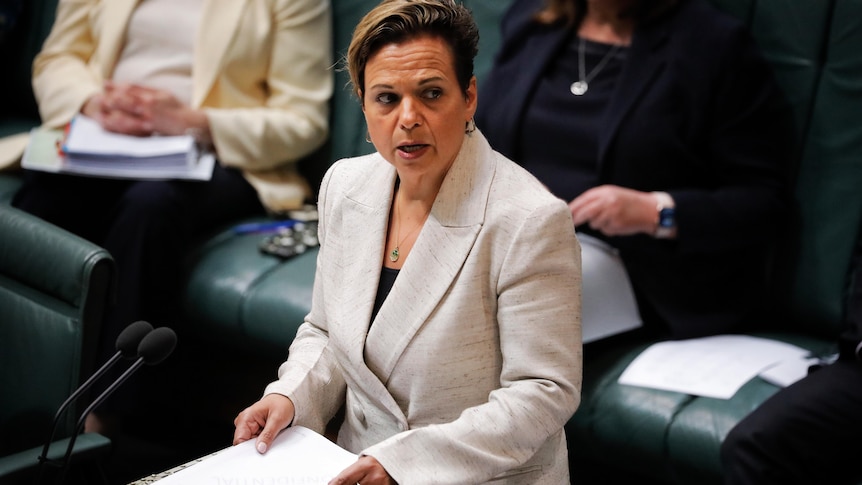Most phones with e-SIMs let you have it and a physical SIM card configured at the same time. You can switch between them in the settings, so it’s you can choose which to use as your main account and which one to use in an emergency. If your phone doesn’t support e-SIM, the same advice applies – it’s just more fiddly to buy and activate a second physical SIM, and then hide it in a safe place in case of emergency.
Buy a portable Wi-Fi

Telstra or Optus branded pocket Wi-Fi modems are cheaper, but only work with SIMs on those networks.
Some telco-provided home routers have a SIM backup and will automatically switch to mobile data if your home broadband goes down. This is an effective contingency in almost all cases – the obvious exception being a significant outage like the one that just hit Optus, which took both fixed and wireless networks.
A portable Wi-Fi hotspot (also called a pocket Wi-Fi modem) is a gadget that can help you out here, and can also be a valuable thing to have for outages of all kinds. You can get one for around $50, but you can also pay extra for faster speeds, more capacity (so connecting to more devices at once) and bigger batteries. A high-end 5G model will go for at least $500. Or you can get one on a plan from big telcos, which could be worthwhile if you plan to use it often, for example for laptop internet on the go.
Once you have the device, you insert a SIM card, keep it charged up, and when needed it can connect to mobile data networks and provide a Wi-Fi network.
Loading
It’s just like the hotspot you might activate on your phone when your home internet is down, except the standalone gadget has the advantage of not draining your phone’s battery, using a separate data account, and being able to provide internet to your smartphone on the go if your mobile provider conks out. As above, just make sure the SIM you get for the hotspot uses a different network to your main provider.
Diversify your tech
The obvious downside to both of these solutions is that, one way or another, you will have to pay for a second mobile account.
You could get a cheap monthly prepaid plan and treat it as an extra data allowance plus an outage backup, or you could spend $100 or so on a long expiry plan that lasts the whole year and then just forget about it until there’s an emergency.
For a less expensive solution, you could just make sure you have multiple options for work, entertainment, and contacting people.
Maybe set up an emergency stash with a landline phone, DVDs or a hard drive of video and music files for the laptop.
Consider using different telcos for your internet and mobile, and make sure important people are contactable by phone, text and a data service like WhatsApp.
Get news and reviews on technology, gadgets and gaming in our Technology newsletter every Friday. Sign up here.



